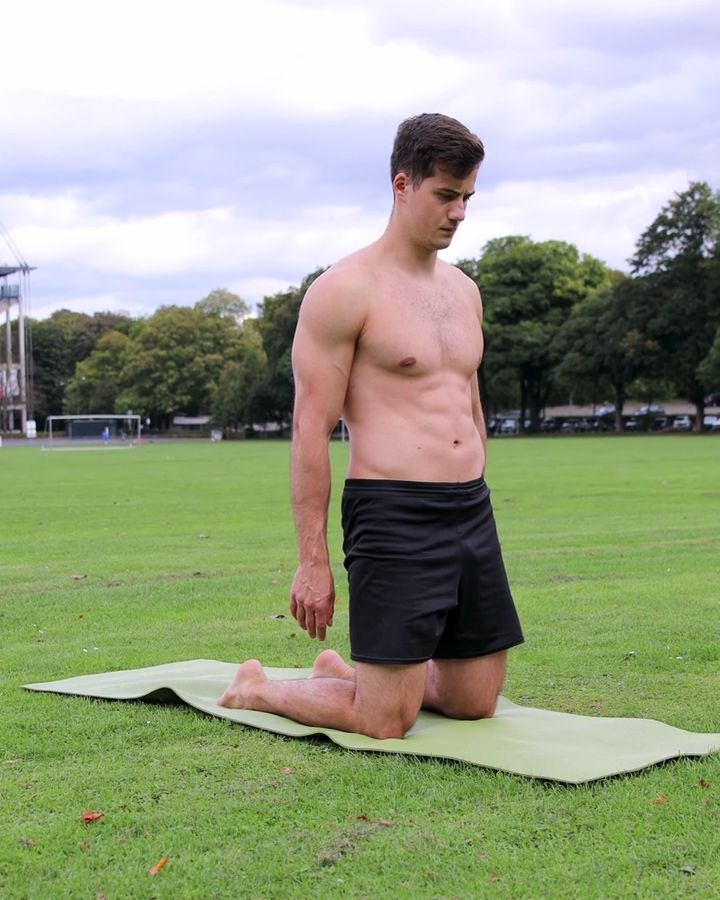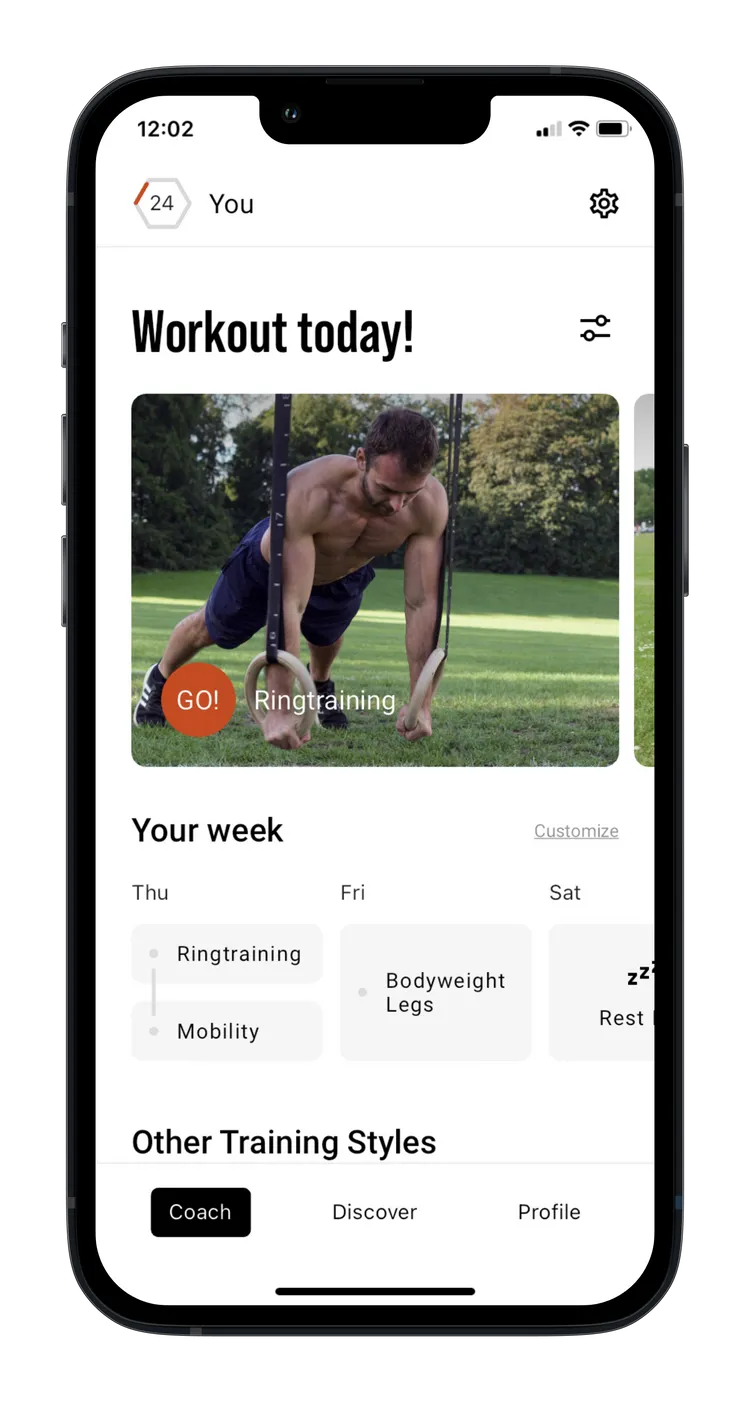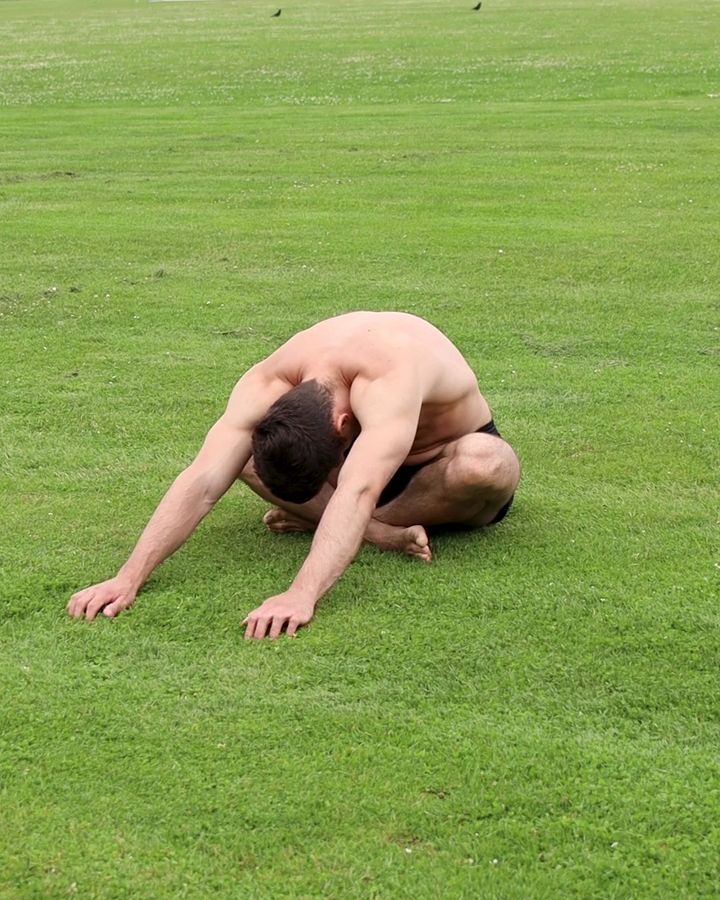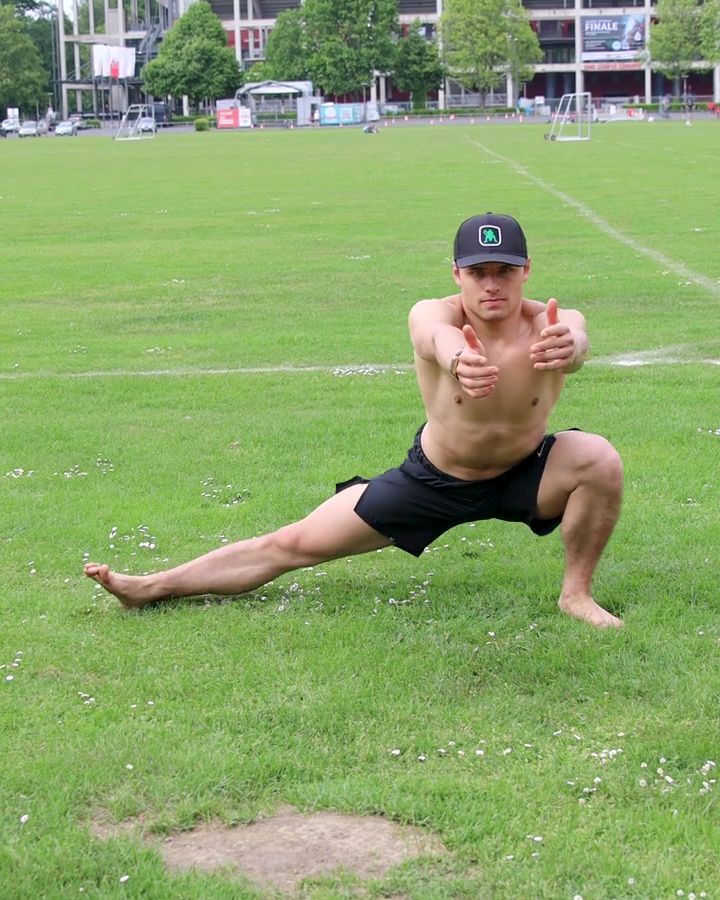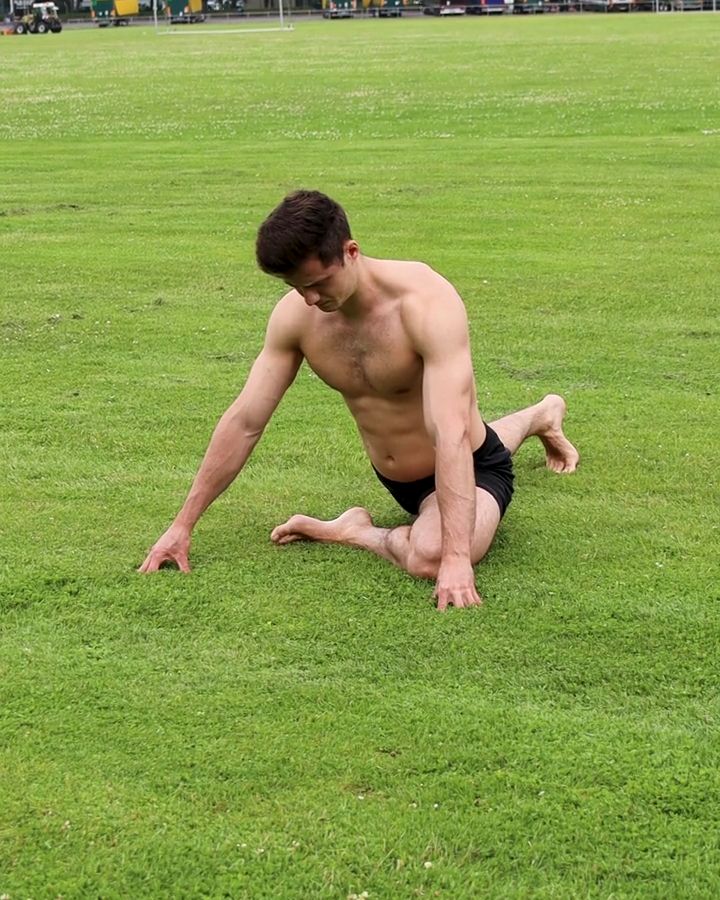Kneeling Position
The kneeling position is a yoga posture where you sit on your heels. This pose stretches the thigh muscles and promotes flexibility in the knees and ankles. It also helps relieve tension in the back and lengthen the spine. The kneeling position can easily be integrated into breathing exercises, promoting relaxation. In Japan, this position is called Seiza, meaning "proper sitting," as it was traditionally the standard way of sitting in old Japan before chairs became common.
The cross-legged sitting position is another seated yoga posture, but it focuses more on opening the hips.
Necessary equipment
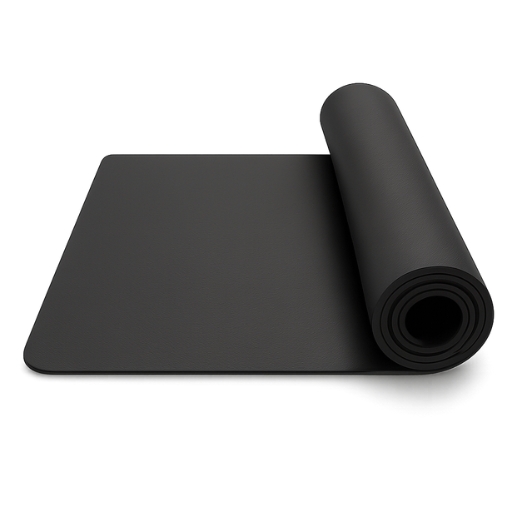
Kneeling Position - the correct execution
- Start in the heel seat
- Make sure spine is upright and core is strong
- Feet are extended
- Bend your knees and sit on your feet
- Press the foot instep into the floor
- Extend your hips and knees
The exercise Kneeling Position is intended to be used as a mobility, warm up exercise.
Which muscles are trained by Kneeling Position?






Primary trained muscles for Kneeling Position
Quadriceps - The quadriceps femoris is the large muscle at the front of your thigh. It extends your knee.
Glutes - The gluteus maximus is the large muscle in your buttocks. It is important for extending the hip, moving your leg backward, and stabilizing the hip joint.
Similar exercises to Kneeling Position
Cross Legged Sitting
The cross-legged sitting position is a simple yet effective posture often used in yoga, meditation, and as a stretching exercise. In this position, the legs are crossed in front of the body so that the knees point outward and the feet rest beneath the thighs. This position promotes hip flexibility and strengthens the core muscles, as it requires an upright posture.
For beginners or individuals with limited hip mobility, placing a cushion or block under the hips can make the position more comfortable and sustainable.
The cross-legged sitting position is excellent for improving hip joint mobility and gently stretching the leg muscles. Practicing this position regularly can help enhance sitting posture and develop body awareness. The kneeling position is another seated yoga posture, but it focuses more on knee flexion.
Cossack Squats
The Cossack squat is a lower body exercise. In this movement, you shift side to side, keeping one leg straight while the other bends. This creates an intense stretch in the inner thigh muscles and improves hip mobility. This exercise is especially good for enhancing your hip flexibility.
Pigeon Pose
The Yoga Pigeon Pose (Eka Pada Rajakapotasana), also known as Pigeon Pose or Pigeon Stretch, is a hip-opening exercise that primarily targets the glutes, hip flexors, and lower back. It promotes flexibility and relaxation but can also be performed in advanced variations with deeper backbends or leg stretches. A key aspect of this pose is maintaining proper hip alignment to maximize its effects on the muscles and prevent injuries. This asana is excellent for mobilization and stretching, though mindfulness is essential, especially regarding the knees and lower back.
When performed with the correct technique, the Yoga Pigeon Pose can release tension, improve posture, and deepen your yoga practice. For a more active and intensive variation of the static pose, you can try Pigeon Good Mornings, which add a dynamic movement to further strengthen the muscles.
This could also be interesting
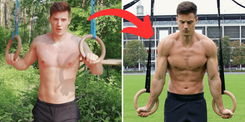
Calisthenics Body Transformation – How to Build a Strong, Lean, and Athletic Physique
Transform your body with Calisthenics! Build muscle, burn fat & achieve a shredded physique with bodyweight training. See real before & after results!

The Best Fitness Apps in 2025: Our Top 10 Recommendations
Don’t miss the best fitness apps of 2025: surprising favorites, free options, and perfect tools for your workouts. Find the ideal app today!
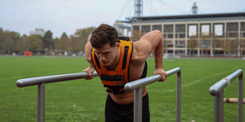
Complete Calisthenics Skills List – 40+ Exercises from Beginner to Pro
Which calisthenics skills should you learn first? And which ones will really help you progress? In this article, you’ll find a complete list of over 40 exercises – from the very basics to the toughest moves for professionals. Each exercise comes with instructions, so you can immediately integrate them into your training.
